Yesterday I was invited along to the Vintage Books Readers’ Day at Portsmouth Book Fest for a whole day of bookish talks. It was a fantastic line-up with lots of interesting publishing chat as well as authors discussing their books and readings.
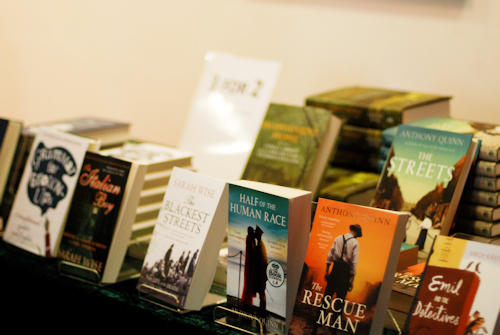
Re-writing Writers: Drawing Inspiration from Literary Lives
First up were authors Bethan Roberts and Janette Jenkins, both of whom have written novels inspired by writers from the past but in very different ways. Bethan’s latest novel is My Policeman, set in 1950s Brighton and is inspired by the private life of E.M. Forster but with a fictional character in his place. Janette’s forthcoming novel, Firefly follows Noel Coward’s later years, set in 1970s Jamaica. Janette is obviously a huge fan of Coward and I’m sure her enthusiasm and dedicated will shine through in her prose. She told us how she would love to visit Firefly (Coward’s smaller, more personal home in Jamaica) but her family refuse to go with her as they have had enough of her fangirldom!
My Policeman would be my choice out of these two novel should I have to choose. Bethan talked about her research and how she found out lots of lovely, little period details yet had to leave a lot of them out; there were never situations where they would be encountered by the characters and they would seem out of place. She talked about her characters are part of her as a writer. Whilst the situations and circumstances of her characters are different, they still feel the same emotions that she has felt, that their reactions are things that come from her. And for that reason, she never really has to let the characters go at the end as they live on with her.

The Future of Publishing
Dan Franklin, digital publisher for Random House and Nikesh Shukla, author and editor for Booktrust, came along to talk about the future of publishing; a.k.a. digital stuff. One of the areas digital has proved beneficial is long-form journalism. In part this is down to the fast turnaround of digital only titles; once the editing process is complete it can go straight to the retailers. A traditional print book may no longer be topical by the time it hits the shelves but an ebook has a better chance. Both Dan and Nikesh stressed that this shouldn’t mean a loss in quality; the editing process is key. Another key point is that these ebooks are fairly short in length but still provide good value at around £2-3, allowing consumers to think they are getting a cheap ebook but helping to realign some of the perceptions around the value of ebooks. If they feel that shorter fiction is worth its selling price, they may just stop and think that a book 4 times the length may just be worth a bit more than 99p (or even the dreaded 20p of late).
Most crime fiction readers will have noticed the increase in digital shorts appearing a month or so before the release of the latest book in a bestselling series. This is a form of monetised marketing; the reader pays a small amount for a short story (they’re either a long short story or short novella, maybe we need a new term) and also gets the heads up on a new book. They usually include the first chapter of the forthcoming novel. Where this is just used for bestselling genre authors at present, Dan would like to take advantage of this format to publicise new and literary authors.
When asked, the audience seemed to have a high ereader adoption rate (over half?) although most of us are reading a mix of print and digital. Strangely enough, there were a lot less Twitter users than ebook readers! I did explain to a couple of ladies at lunch what an app was and I think it’s important for publishing to remember they have a huge demographic to deal with (and are lucky to be in that position). Not everyone is hungry for the latest gadget and I think improvement of basic ebooks is more important to the average reader than showy apps (not that they can’t live side by side). I for one would be much happier with improved fonts (touched on briefly in the session) and the return of “A note on the type” sections. Yes, I am a geek.


Victorian Society: the mad, the poor and the inconvenient
After lunch, we were joined by author and film critic Anthony Quinn and historian Sarah Wise to talk about the seedy side of Victorian life. I think we could have listened to Sarah talk all afternoon! She is full of interesting facts and I will certainly be seeking out her books. Anthony’s latest novel, The Streets, was actually inspired by Sarah’s previous book, The Blackest Streets, which uncovers the world of one of London’s most notorious Victorian slums, the Old Nichol. As the poor were desperate for housing, unscrupulous landlords built houses 8 feet wide, crammed in 100 people and charged them extortionate rates. On a per foot basis, rent in the Old Nichol was more expensive than that in Belgravia!
Sarah’s new book, Inconvenient People, looks at the lunacy act of the time and the world of Victorian asylums. “Lunacy” was incredibly common at the time as it covered everything from violent behaviour, learning difficulties, mental illness and the effects of alcoholism. And of course, if you wanted rid of your husband, having him committed was much easier than divorce. You may assume that the living conditions in asylums were poor, but often they were a huge improvement on the slums. The county run asylums had strict rules and regular inspections and the patients would receive regular, if unappetising, meals. They had a high “cure” rate, at least where it came to sobering men up and other conditions that were not real mental illness.
Both books hint at eugenics and the solutions that came out of “modern thinking” that whilst meant well, could have led to rather sinister applications. If you’re interested in the darker side of history, both books sound like excellent reading.

Judging a Book by its Cover
Illustrator Salvatore Rubbino and Marie Telford from The Hayling Island Bookshop joined Laura Hasson, Vintage Classics’ Editorial Director, to discuss the process and impact of cover design. Apparently, a book just has 1.5 second to capture our attention when we walk in a shop! Marie explained that our brains evolved to recognise shapes and colours a long time before text and when we enter a bookshop we go into hunter gatherer mode. I think we can all relate to that! The book cover is the most important piece of marketing there is and it can take a long time for everyone involved to agree on a final design. However Vintage always asks their authors what they think.
Salvatore not only has his own series of children’s books but he regularly illustrates covers for other authors, including the Vintage Classics edition of Emil and the Detectives which he talked us through. He told us that “a picture has a life of its own” and sometimes the barrage of input from third parties can ruin it. It was interesting to hear that major retailers have such a big say in the covers, sometimes rejecting them altogether or requiring a redesign to fit in their colour schemes.
This video of the process behind the cover of Her Fearful Symmetry shows how they put together a composite image (and lots of googling going on). I was a bit surprised that they didn’t have a better technique than me for this. I’ve never done one for professional reasons and always feel that there’s a better way to do them. A lot of composite covers look a bit sloppy up close, relying on that 1.5 seconds no doubt, and I guess this explains it. Also, I should not feel so bad about my technique!
The brief for a cover will generally include the following:
Whilst discussing re-issues, Laura did mention something I found interesting about those dreaded film tie-ins. The film company provide ONE still from the film for them to put on the cover. The publisher has no say in this and has to make the most of it. I think they do a pretty good job with them considering.
Deborah Moggach: From Page to Screen
For the final hour we were entertained by Deborah Moggach, author and screenwriter, who has both had her work adapted and done the adaptions for others. For anyone disappointed in how their favourite book was made into a film, the process seems inevitable all things considered and it’s just amazing that any of them ever hit the spot. The script can’t have too many characters or settings and they can’t spend too long getting to the main setting either. The location can be changed to suit the aesthetics of the film. This means a lot of peripheral aspects are cut out and the world of the novel starts to turn into the world of the script.
Once the screenwriter has written their first draft, everyone involved in the project gets their say and there are numerous changes to be made and endless re-writes. Sometimes the scripts get handed from screenwriter to screenwriter; sometimes they don’t even know! Often a finished script will go off for a “dialogue polish” and completely change yet again.
Deborah told us that her dialogue can be boring. The script is the novel stripped down to the things people say and the magic occurs when the actors starting acting. Their faces show the nuances of the text, the hidden meanings and the emotion behind the words. All the things that surround the dialogue in the novel must be portrayed through the acting. A great actor can make a bad script into a great film just as much as a bad actor can ruin it.

Related posts
6 Comments
Leave a ReplyCancel reply
This site uses Akismet to reduce spam. Learn how your comment data is processed.
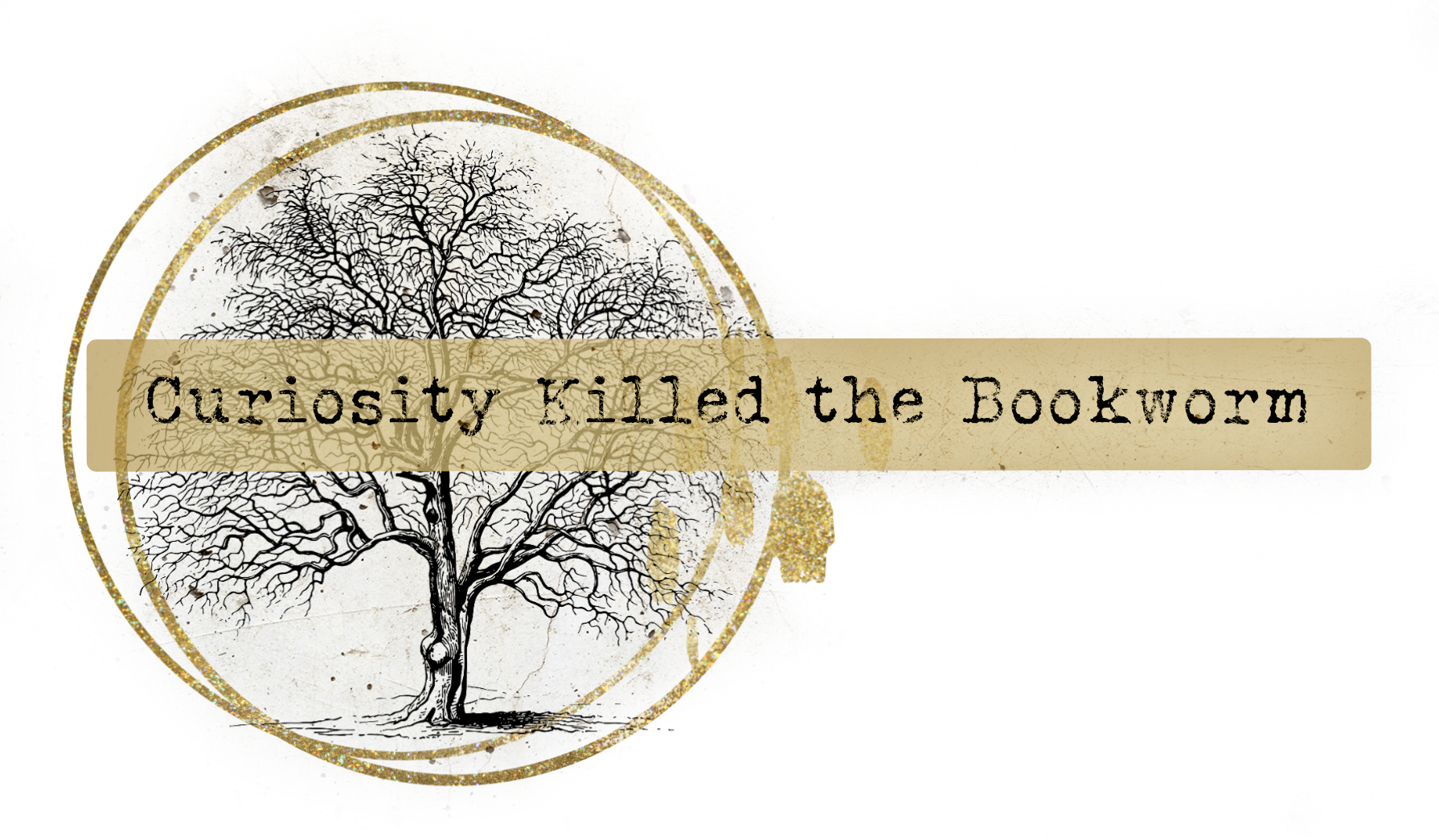
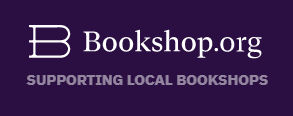
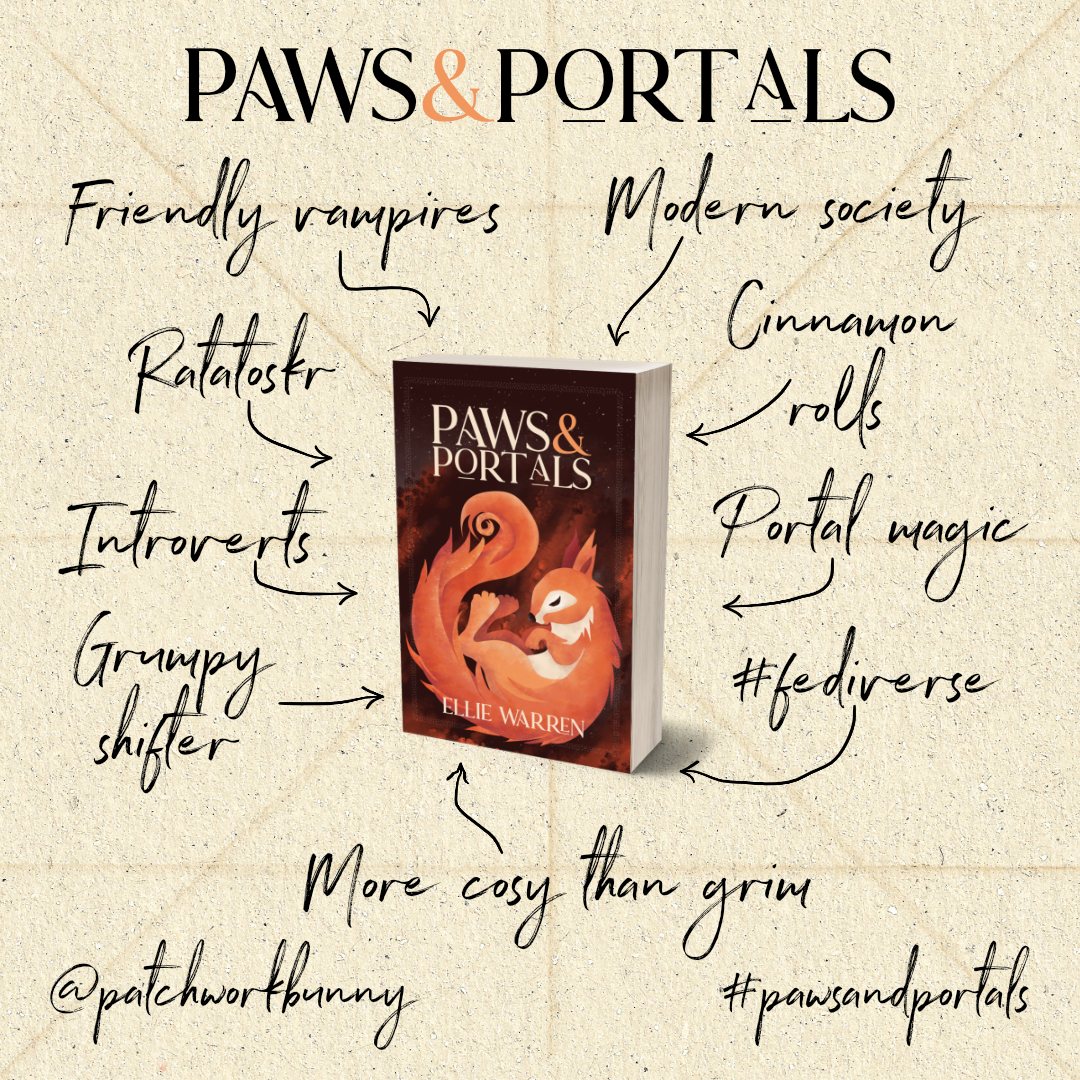
![[gifted] "Love comes as swift as the sting of a bee and is as sweet as honey."
🐝🐝🐝
Magic and bees? I'll be finding out. Thanks @orbitbooks_uk for the review copy of The Honey Witch by Sydney J. Shields! It came in the prettiest of packaging too, with a little jar of honey.
🍯🍯🍯
#bookstagram #bookpost #booknerdigans #thehoneywitch #fantasybooks #bookblogger](https://www.curiositykilledthebookworm.net/wp-content/plugins/instagram-feed/img/placeholder.png)

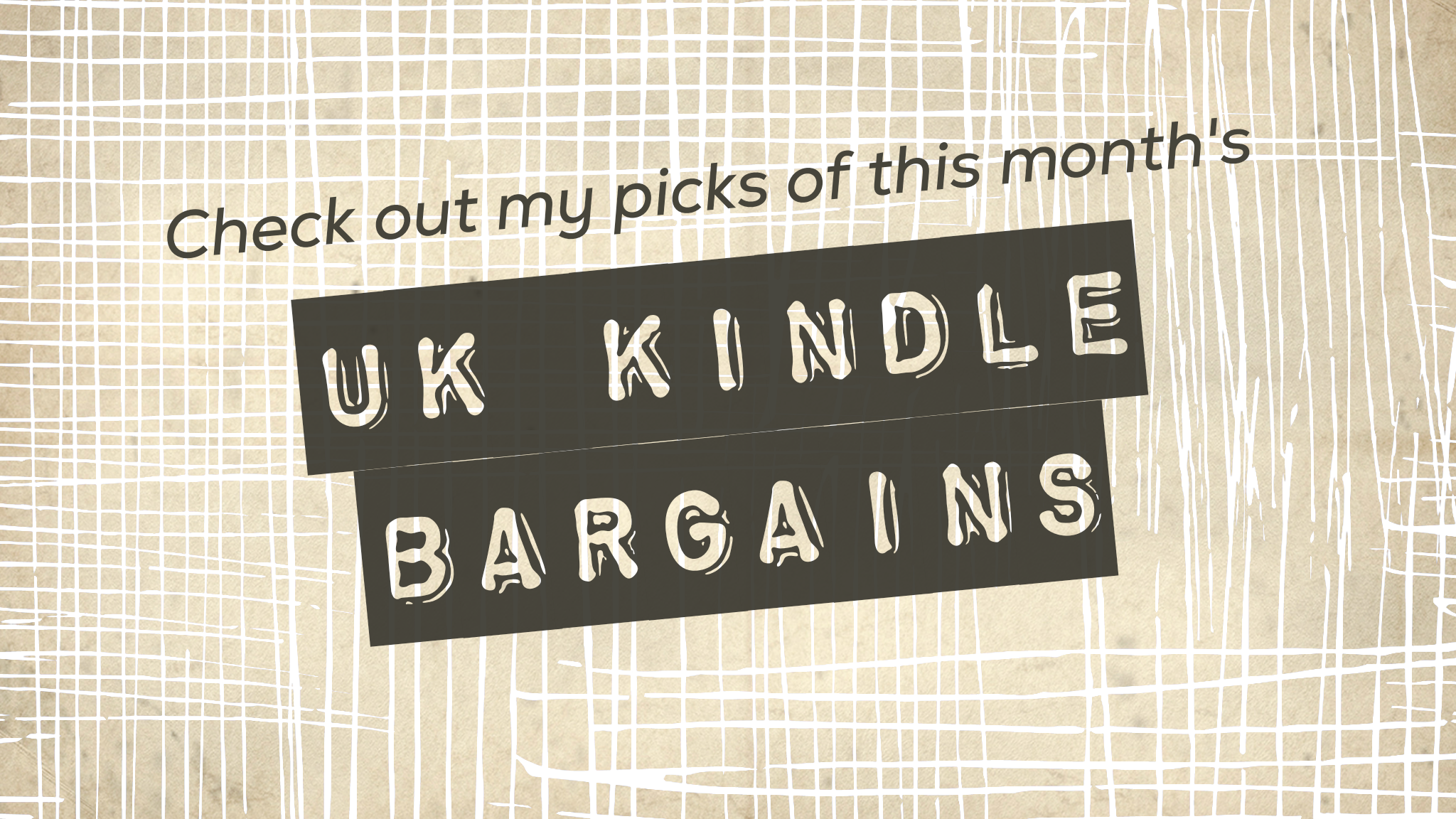
Fantastic post, Ellie! I love the look of that Discordia, and I was surprised by the final cover for Her Fearful Symmetry, I didn't like smaller images, but hey, each to their own, right? 🙂 Looks like you had a very interesting day!
This sounds like a great event! I recently volunteered at the book festival in Birmingham, and it was interesting to hear a lot of different authors talking about their work, but also about other issues around publishing. The part about turning books into films sounds like it was really interesting, I've always been curious about that process!
This is a fascinating post, Ellie, thank you so much! You do such a great job of picking out the interesting points and the key themes, it's the next best thing to being there myself! I'll definitely be looking up Sarah Wise's book on lunacy – I don't know if this just comes with the territory, but having mental health issues myself, I just can't get enough of memoirs and social histories of madness! Definitely one for my bookshelf, thanks… 🙂
Great post Ellie. Looks like you had quite a day – i really wanted to go but even though I didn't it is interesting to be able to read about it 😀
That talk on the future of publishing sounded really interesting. On twitter it is easy to think the whole world tweets, but in reality I am actually the only person I know who does so. It sounds like a fatanstic day. Thanks for letting us know about it.
Sounds like a brilliant day! I loved My Policeman.